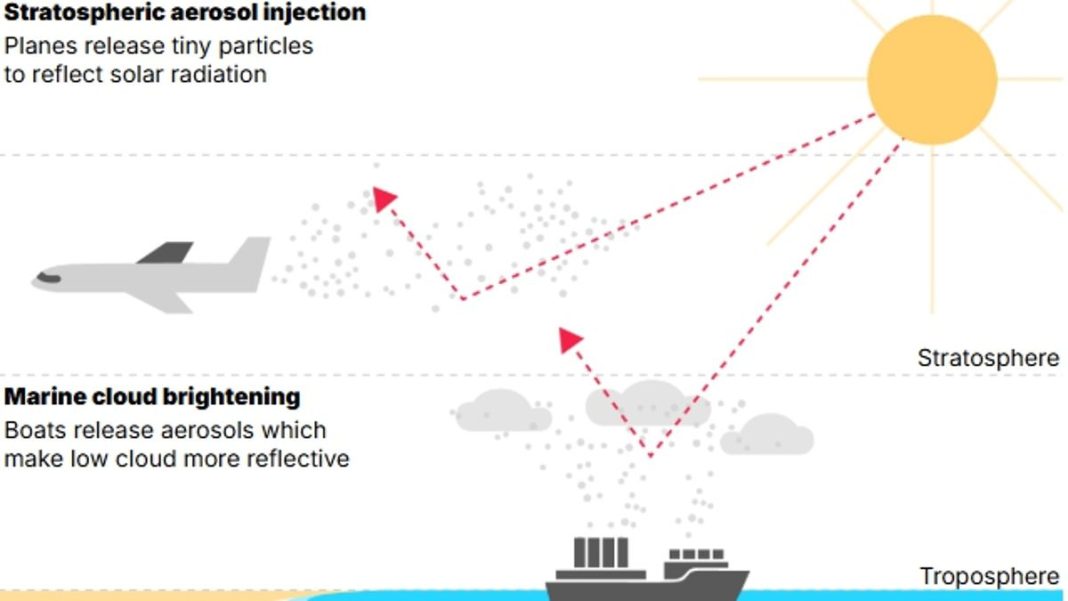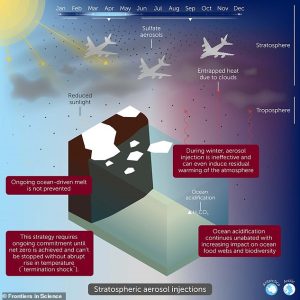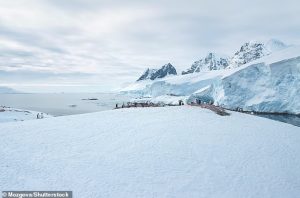Sun-Dimming Climate Solution Could Worsen Weather Patterns, Study Warns
A controversial plan to combat global warming by dimming the sun’s rays could trigger extreme weather events and potentially worsen climate change, according to new research from Columbia Climate School.
Key Takeaways
- Stratospheric aerosol injection (SAI) could disrupt monsoon systems and atmospheric circulation
- Polar region deployment may affect sea levels; equatorial releases could alter jet streams
- Sulfate particles pose health and environmental risks including acid rain and lung damage
- Researchers warn current models are too idealized, underestimating implementation challenges
The technique, known as stratospheric aerosol injection (SAI), involves releasing tiny reflective particles into the stratosphere to bounce sunlight back into space. While proponents suggest it could cool the planet and prevent ice melt, scientists now warn it might backfire dramatically.
How Solar Geoengineering Works
SAI typically involves deploying aircraft to release sulfur dioxide particles that form sunlight-reflecting sulfate aerosols, mimicking the cooling effect of major volcanic eruptions. Once considered fringe science, it’s now gaining serious attention despite significant risks.
Columbia researchers analyzed how deployment variables—including location, timing, and particle quantity—would shape SAI’s impacts. Their findings reveal complex, potentially dangerous consequences for global weather systems.
Regional Impacts and Risks
The study highlights how aerosol release locations create different threats:
- Polar deployments: Could disrupt tropical monsoon systems and affect sea levels
- Equatorial releases: Might alter jet streams and heat distribution toward Earth’s poles
Beyond weather disruption, sulfate-based SAI raises environmental concerns including acid rain, soil pollution, and respiratory health risks from sulfur dioxide inhalation.
‘Even when simulations of SAI in climate models are sophisticated, they’re necessarily going to be idealised,’ said study author Faye McNeill, an atmospheric chemist at Columbia Climate School. ‘Researchers model the perfect particles that are the perfect size, and in the simulation, they put exactly how much of them they want, where they want them,’ she said. ‘But when you start to consider where we actually are, compared to that idealized situation, it reveals a lot of the uncertainty in those predictions.’
Implementation Challenges
Successful SAI would require unprecedented global coordination—a challenge given current geopolitical realities. Researchers note that even with perfect execution, the technique might distract from essential greenhouse gas reduction efforts.
Other geoengineering approaches face similar skepticism. Methods like ocean fertilization, afforestation, and direct air capture each present unique drawbacks and limitations.
Geoengineering Methods and Their Drawbacks
- Afforestation: Desert tree planting could absorb CO2 but might increase warming by reducing desert reflectivity
- Artificial ocean upwelling: Pumping cold water upward could cool surfaces but risks rapid climate shifts if stopped
- Ocean iron fertilization: Boosting phytoplankton growth shows limited temperature reduction potential
- Solar radiation management: While reducing sunlight, it doesn’t address root CO2 accumulation
The study, published in Scientific Reports, emphasizes that geoengineering solutions require careful consideration of unintended consequences and should not replace emission reduction priorities. As climate concerns grow, researchers caution against quick fixes that might create bigger problems than they solve.







